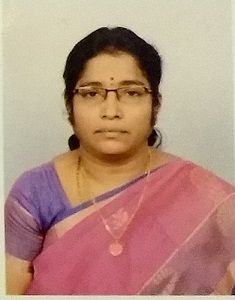
Dr. C. Madhumathi is the Principal Scientist (Hort.) and Head, Citrus Research Station, Dr YSR Horticultural University, Venkatagiri, SPSR Nellore, Andhra Pradesh. She has put forth 22 years of experience in research and teaching in the Department of Fruit Science. Dr C.Madhumathi is specialized in fruit crops like banana, papaya, mango, guava & citrus . Her areas of interest are standardization of production technologies such as high-density planting, canopy management, crop regulation, fertigation and nursery technologies. Further, she is also involved in multiplication and supply of quality plant material of mango, citrus, sapota and guava and establishment of mother blocks as in charge of commercial nursery for more than ten years.
RECENT DEVELOPMENT IN PRODUCTION OF GUAVA – Guava is popularly known as the “poor man’s fruit” or “apple of the tropics” is a tree fruit of the tropical and subtropical climate and is native to tropical America stretching from Mexico to Peru. It has been adopted in India so well that it appears to be a native fruit of India. Guava is considered as one of the exquisite, nutritionally valuable and remunerative crops. Guava fruits are used for both, fresh consumption and procession. It exceeds most other fruit tress in productivity, hardiness, adaptability and vitamin-C content. Besides its high nutritive value, it bears heavy crop every year and gives good economic returns involving little input. This has triggered many farmers to take up guava cultivation on a commercial scale. However, certain important strategies have been identified for enhancing quality guava production in order to be competitive int he world market. They involve the adoptation of modern, innovative and hi-tech methods. One such strategy is the high-density plantation (HD). This involves the adoption of appropriate plant density, canopy management, quality planting material, support and management system with appropriate inputs. In view of the popularity of the high-density technology and expected benefits, it is now high time to encourage the adoption of this technology by the guava growers in improving their economics condition faster.
